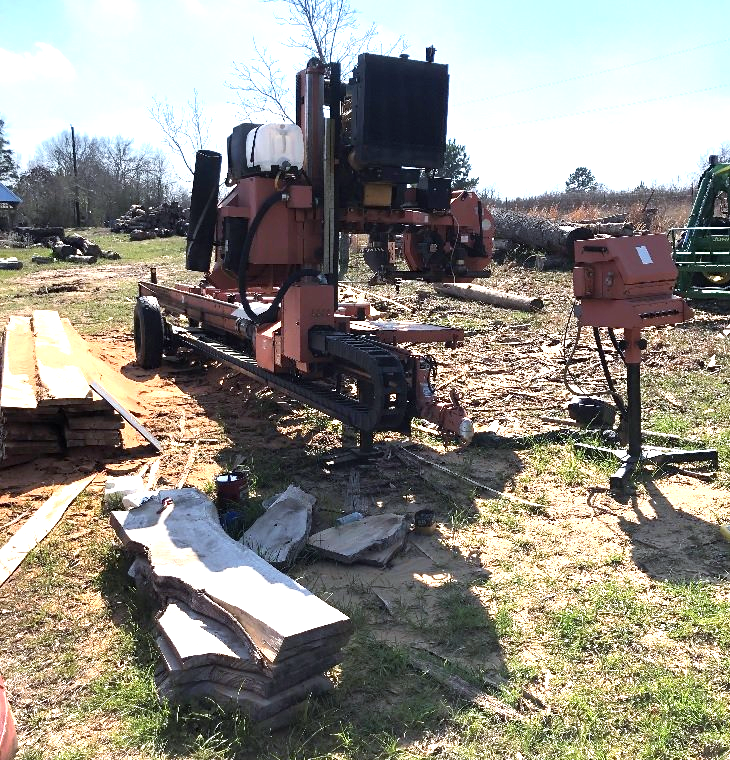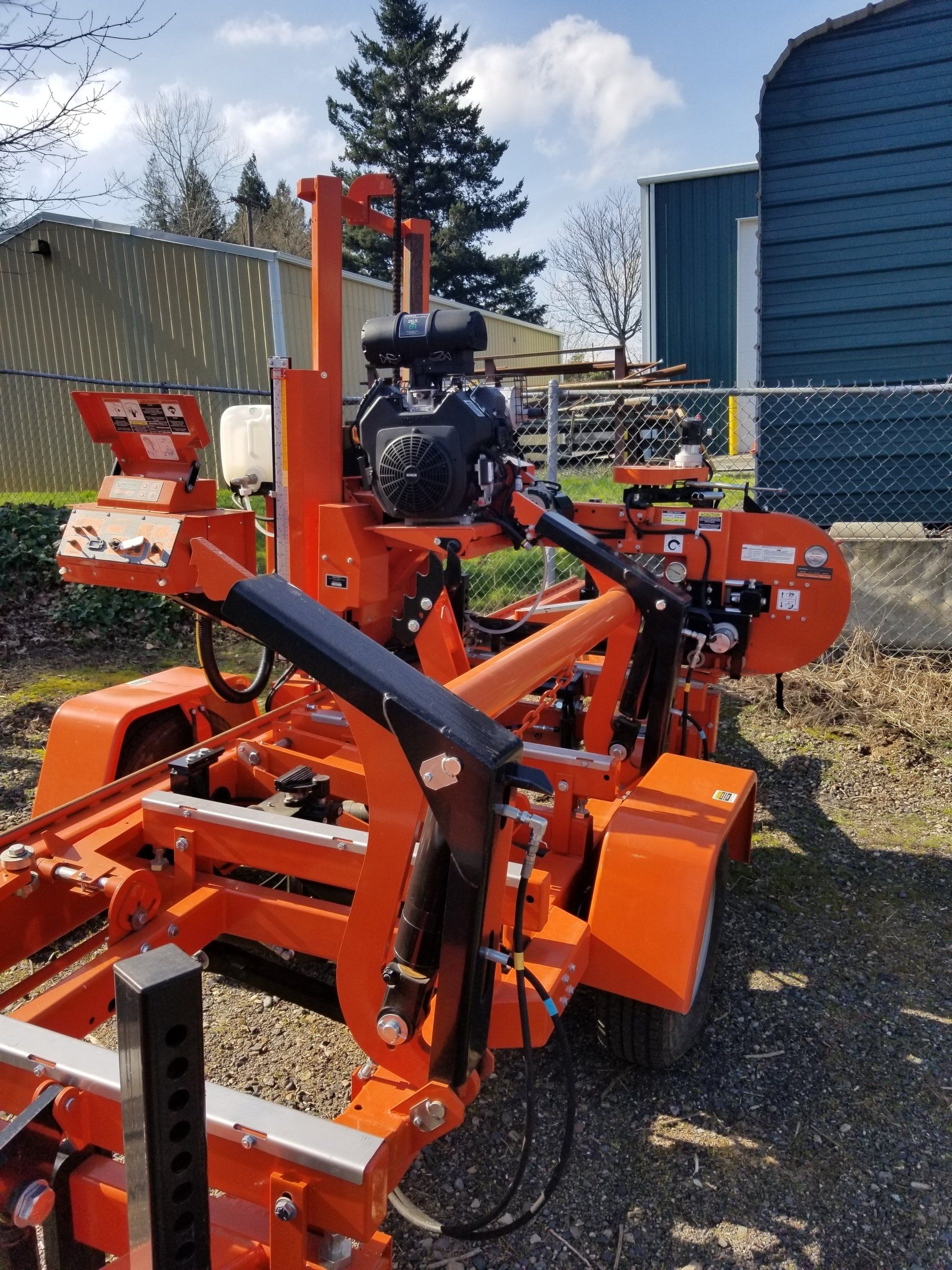


These early modern examples seem not to have been directly influenced by the vertical-axle windmills of the medieval period, but to have been independent inventions by 18th-century engineers. Vertical-axle windmills were built, in small numbers, in Europe during the 18th and nineteenth centuries, for example Fowler's Mill at Battersea in London, and Hooper's Mill at Margate in Kent. A similar type of horizontal windmill with rectangular blades, used for irrigation, can also be found in thirteenth-century China (during the Jurchen Jin dynasty in the north), introduced by the travels of Yelü Chucai to Turkestan in 1219. īy the 11th century, the vertical-axle windmill had reached parts of Southern Europe, including the Iberian Peninsula (via Al-Andalus) and the Aegean Sea (in the Balkans).

Such windmills were in widespread use across the Middle East and Central Asia, and later spread to Europe, China and India from there. The Persian geographer Estakhri reported windmills being operated in Khorasan (Eastern Iran and Western Afghanistan) in the 9th century. The authenticity of the anecdote involving the caliph Umar is questioned on the grounds that it was recorded only in the 10th century. Ī medieval account reports that windmill technology was used in the Middle East during the reign of Rashidun caliph Umar ibn al-Khattab ( r. 634–644), based on the caliph's conversation with a Persian builder slave. Made of six to 12 sails covered in reed matting or cloth material, these windmills were used to grind grain or draw up water. The first practical windmills were panemone windmills, using sails that rotated in a horizontal plane, around a vertical axis. Hooper's Mill, Margate, Kent, an eighteenth-century European horizontal windmill It was first built to pump water, and subsequently modified to grind grain as well. This design was the panemone, with vertical lightweight wooden sails attached by horizontal struts to a central vertical shaft. One of the earliest recorded working windmill design found was invented sometime around 700–900 AD in Persia.

400, the 7th century, or after the 9th century. Another early example of a wind-driven wheel was the prayer wheel, which is believed to have been first used in Tibet and China, though there is uncertainty over the date of its first appearance, which could have been either c. His description of a wind-powered organ is not a practical windmill, but was either an early wind-powered toy, or a design concept for a wind-powered machine that may or may not have been a working device, as there is ambiguity in the text and issues with the design. Hero of Alexandria (Heron) in first-century Roman Egypt described what appears to be a wind-driven wheel to power a machine. Wind-powered machines may have been known earlier, but there is no clear evidence of windmills prior to the 9th century. A 19th-century reconstruction of Heron's wind-powered organ


 0 kommentar(er)
0 kommentar(er)
